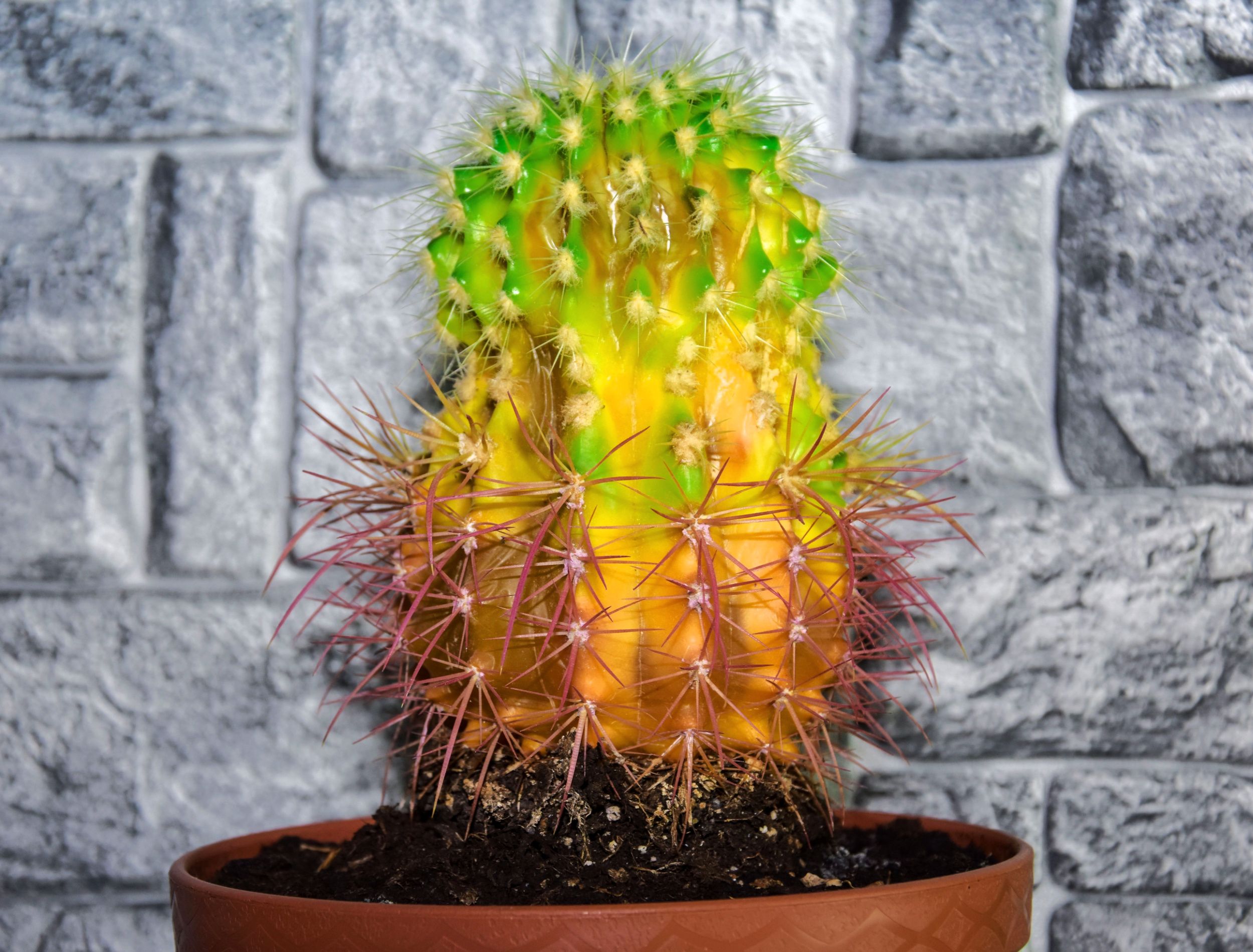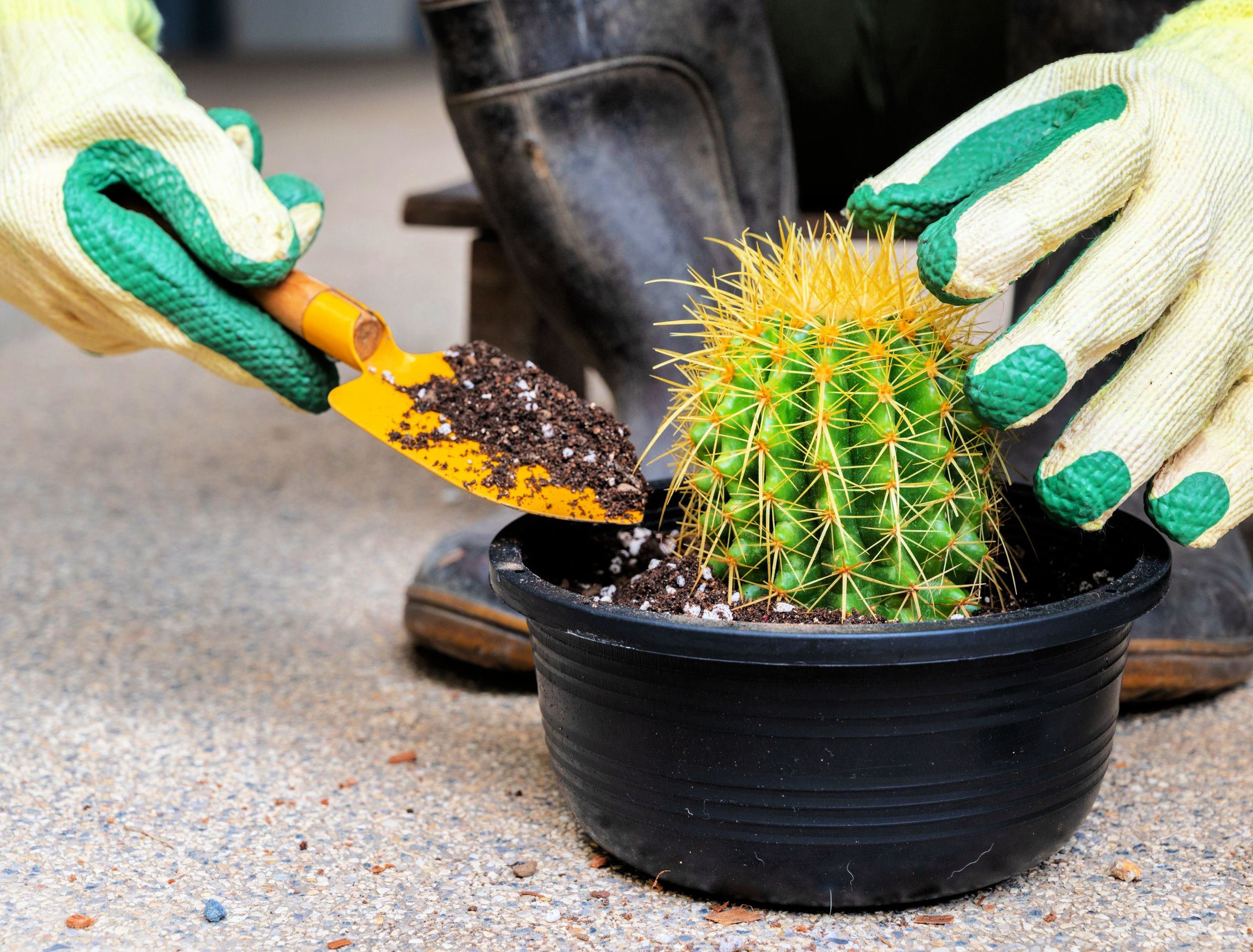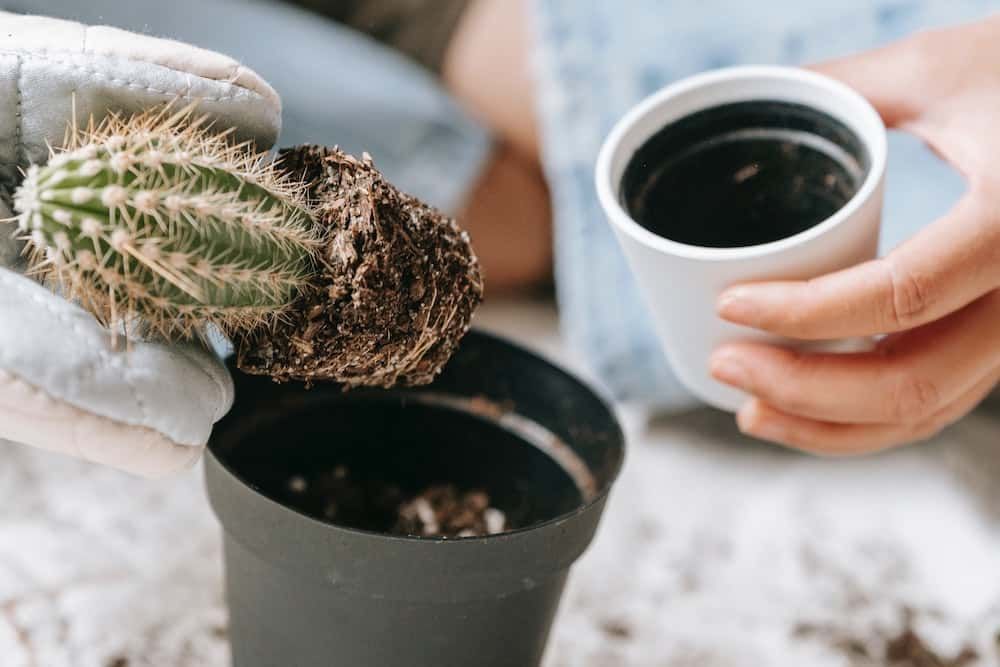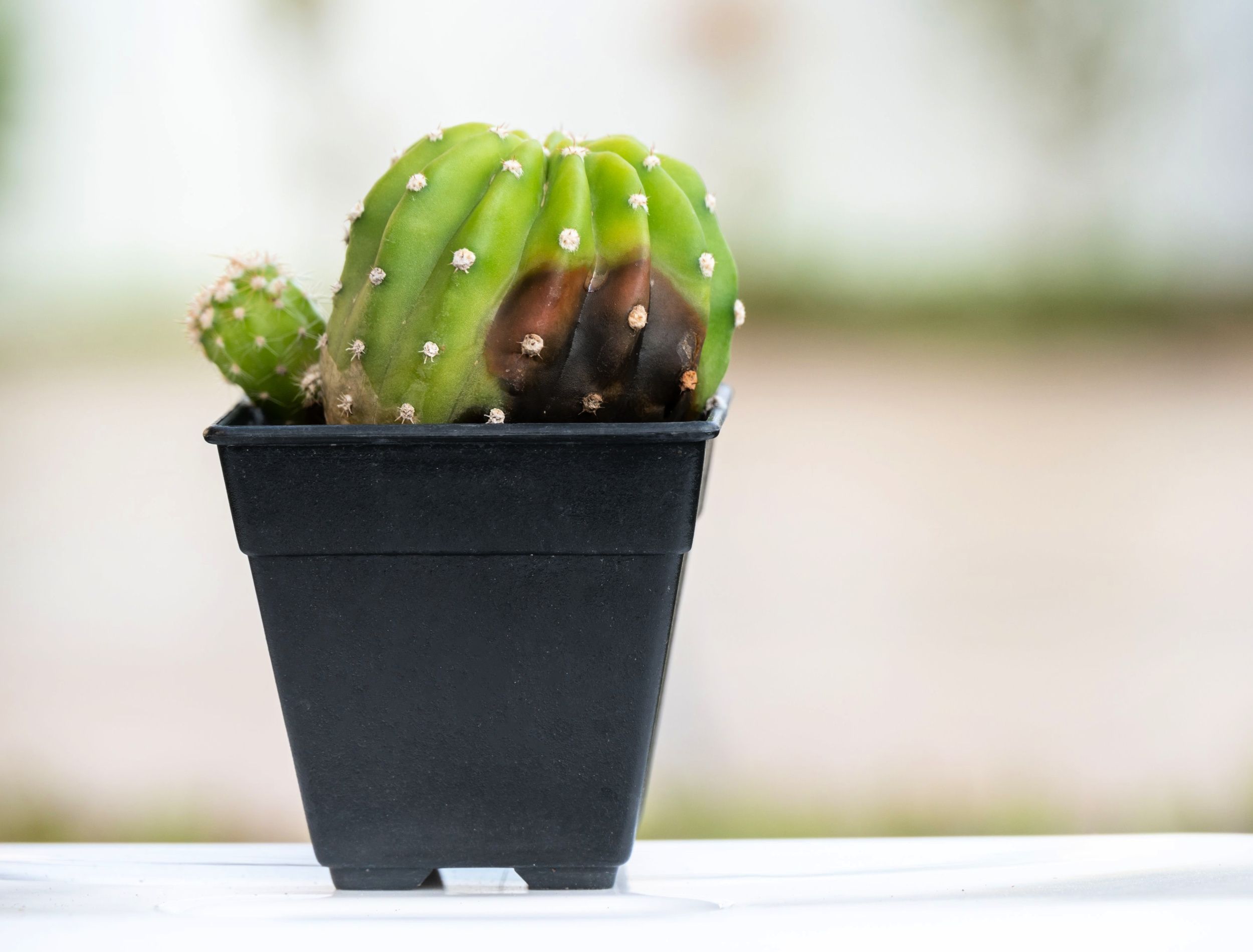Though cactus plants are popular because they tend to be low maintenance, yellowing is a common issue. As is true for most plants, yellowing tends to point to a problem with your care routine (though fungal diseases can also be the cause). Natural aging also causes a cactus to turn yellow, though this is not normal on younger plants.
If your cactus is going yellow, you must go through an elimination process to identify the real issue. Learn why your cactus could be yellowing and how to fix the problem before it is too late.
Too Much Light
Image credits: Jake Goossen via Unsplash
Cacti prefer plenty of sun -- at least four hours of direct sunlight per day -- which makes sense since most are desert plants. That said, some varieties, such as Christmas cactus (Schlumbergera Bridgesii), scarlet ball cactus (Parodia haselbergii), and crown cactus (Rebutia), do well in partial shade, and subjecting them to too much sun can be damaging.
If your cactus is turning yellow where the sun touches it -- usually on the top or higher on the sides -- it is probably suffering from sunburn. This commonly occurs when a plant is moved from a shaded or indoor location to a sunnier spot outside. As the damage continues, the epidermis dies, leaving irreparable scarring. Luckily, this doesn't kill the plant.
In the future, when moving your cactus outside, place cheesecloth over it for a few weeks so it can acclimate. Placing about 2 to 4 inches of mulch around the cactus, being sure not to cover the base, also helps retain moisture and reduce heat and light. If your cactus variety needs less sun, ensure it is somewhere with partial shade or a few feet back from a window.
Overwatering
Image credits: TSViPhoto via Shutterstock
One of the most common causes of yellowing cacti is overwatering. Cacti are drought-tolerant plants and don't do well with wet feet. Allow the soil to dry out between waterings, but don't leave the plant thirsty for too long. Water about every 10 to 14 days in summer. To make sure your cactus needs watering, stick your finger in the soil. If it is dry 3 inches down, it is time to water.
If your cactus is turning yellow from overwatering, which is easy to identify from moist soil, it might have root rot. Remove it from the pot and check its roots. If they're dark and mushy, it has root rot. If most roots are still white, cut the dark roots and dead cactus tissue away and repot the plant in fresh soil.
If damage is extensive, cut the bottom and all damaged parts off the cactus. Allow the cactus to form a scab/callus over the cut area for several days and replant 1 inch deep. Allow the cactus to recover for a week and then water. This should help the cactus root again.
To properly water your cacti, ensure you water thoroughly and allow water to drain out the bottom. Container plants require more frequent watering as they dry out more quickly than those in the ground. The smaller the container, the faster it dries out.
Note: You might also notice yellowing if your plants are too dry.
Poor Drainage
Image credits: Boyloso via Shutterstock
Along with overwatering, poor drainage can result in yellow stems, pads, and branches. Even if you're watering correctly, improper potting mix and containers can still result in root rot. Cacti require fast, well-draining soil, so it is best to use soil designed for succulents when planting. Otherwise, you can make your own with an even mixture of sand, compost, and peat moss.
If you are planting in a container, use a terracotta or clay pot with drainage holes. For in-ground cacti, amend the soil, so it contains 25 percent pumice.
If your plant has root rot, follow the steps outlined in the previous section to save your plant.
Wrong Pot Size
Image credits: Teona Swift via Pexels
Access to proper water and oxygen is essential to plant health. If the plant is root bound and compacted, the roots won't have access to nutrients or oxygen, resulting in yellowing. Repot your cactus annually, sizing up one pot size and filling the pot with fresh soil.
Also, if your cactus is in its pot with the same soil for too long, it might not be getting enough nutrients. For this reason, fertilize your cactus with a balanced 10-10-10 fertilizer once or twice yearly in the spring or summer when the plant is actively growing.
Extreme Temperatures
Image credits: PamSchodt via Canva
Cacti prefer warm, dry weather, and as such, freezing temperatures negatively impact them. Temperatures below 40 degrees Fahrenheit can result in cold damage, including yellowing. However, this yellowing is generally only cosmetic, and the plant should outgrow the damage in a couple of years.
To save your plant, keep indoor cacti away from drafty windows and vents and ensure you move potted cacti indoors when temperatures drop below freezing. Check the type of cactus you have and which zones it is hardy in before planting it in the ground.
Fungus
Image credits: Boyloso via Shutterstock
Fungal infections usually go hand-in-hand with overwatering since they thrive in warm, humid locations. You might notice issues like brown spots alongside yellowing, a symptom of stem rot (Drechslera cactivorum). The fungus can cause yellow, brown, or black lesions.
Stem rot can kill a cactus within four days. Immediately place your cactus in quarantine to protect your other plants. To save the plant, treat it with a fungicide to prevent its spread. Stimulate drought to kill the fungus by placing the plant in bright sun or beneath heat lamps. Do not water.
Another option is to remove the cactus from its pot and clear away as much soil as possible. You can also cut the bottom or damaged areas of the plant, as you would if it had root rot, and allow it to form a scab. Then, clean the pot with dish soap, soak in a solution of 1:10 bleach and water, and replant in fresh soil. Finally, place it in a sunnier, drier location and avoid overwatering in the future.
Note: Sanitize all of your tools before and after dealing with fungus.
If It's Yellow, Don't Let It Mellow!
Knowing the basics of cactus care is the best way to keep its branches, stems, and pads from turning yellow. Though this often indicates an issue with your care routine, you can make changes to provide better conditions for the future. Usually, you can bring your cactus back to life, but if it is suffering from root rot and going mushy, it might be time to get a new one!
Do you have any tips for caring for happy and healthy cactus plants? Share in the comments below!







